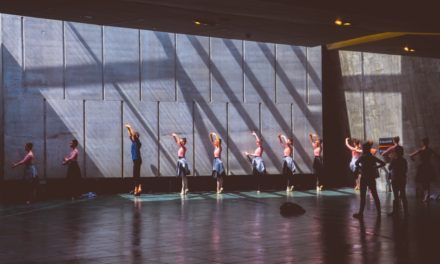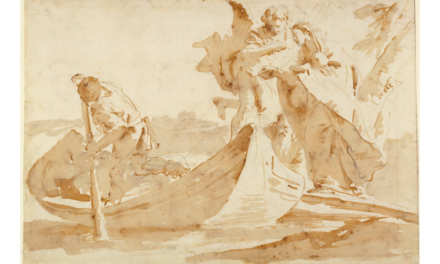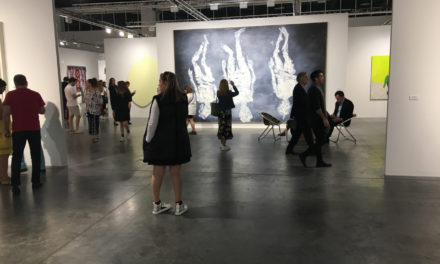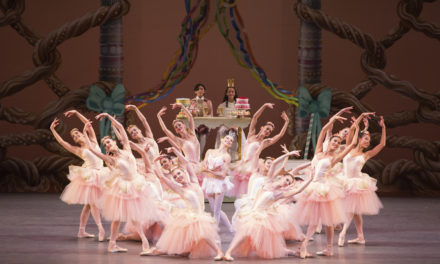Modern Dance is one of those fringe art forms, like poetry and harpsichord playing with a devout niche audience that has struggled to create an opening in the arts with a larger audience and financial backing. Twyla Tharp is undoubtedly a legend in the genre. Her career, spanning more than 50 years is a testament to her perseverance and staying power, as much as it illuminates her ability to adapt to changing aesthetics and tastes.
While many high-brow art forms bemoan the diminishing numbers in the seats at symphony performances, ballet productions and operas, Modern Dance has that strange straddling between the old and the new. The new 50th anniversary tour of Twyla Tharp’s company is no exception and this straddling between the historic or traditional and the contemporary can sometimes create a sense of in-betweeness that fails to deliver an ardent statement and can confuse the audience itself.
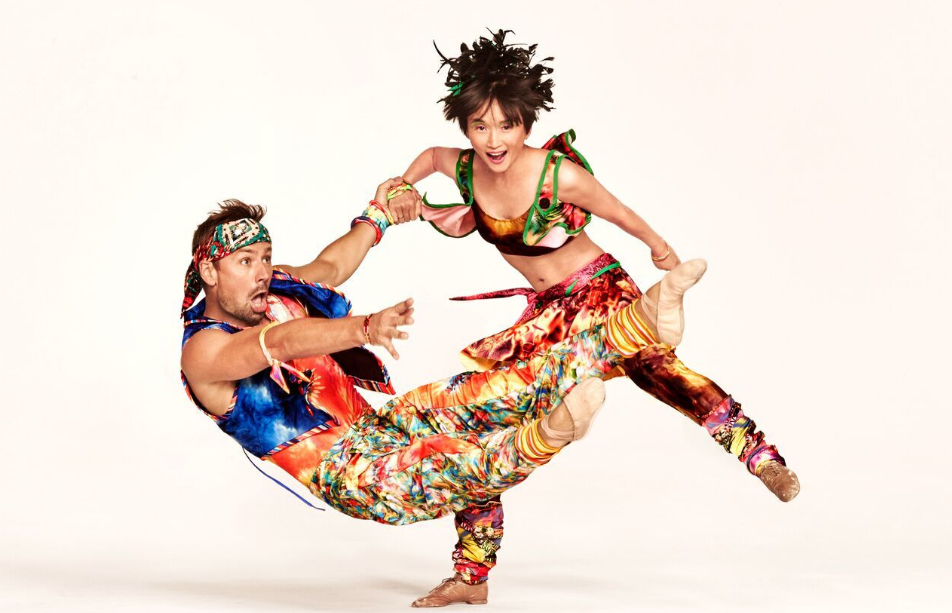 This was the case at the recent performance of the Twyla Tharp ensemble. The evening’s program was a mixture, a resolute oddball of sequences from the composer’s career. The question of curating comes to mind here, particularly when the program is limited to an approximate 90 minute production. There is not much room to connect the dots and give viewers an accurate understanding of a nuanced career. A better format for a retrospective would be a week-long residency with different programs every night.
This was the case at the recent performance of the Twyla Tharp ensemble. The evening’s program was a mixture, a resolute oddball of sequences from the composer’s career. The question of curating comes to mind here, particularly when the program is limited to an approximate 90 minute production. There is not much room to connect the dots and give viewers an accurate understanding of a nuanced career. A better format for a retrospective would be a week-long residency with different programs every night.
What the audience witnessed at the Kravis however was a curious selection of works ranging from Preludes and Fuges, a decidedly abstract work to Nine Sinatra Songs. The latter number, a crowd-pleaser featuring couples dancing to Old Blue Eyes Tunes, seemed a bit saccharine and too overtly accessible, like a great virtuoso playing the Star Spangled Banner on the Fourth of July.
Overall the dancers, with all their various ethnicities, body types and ages, provided a multi-cultural, if not overtly politically-correct grouping of bodies to engage Ms. Tharp’s work in both an emphatic statement of the choreographer’s skills and a display of rawly poignant emotional corporeality.
The power of modern dance, when it works, is its physicality mixed with the artistry of interpreting the body’s limits. Throw in some fine music and you have a very immediate and specialized type of aesthetic experience. In the case of the Tharp performances, those ambitions were present, if not always achieved.
